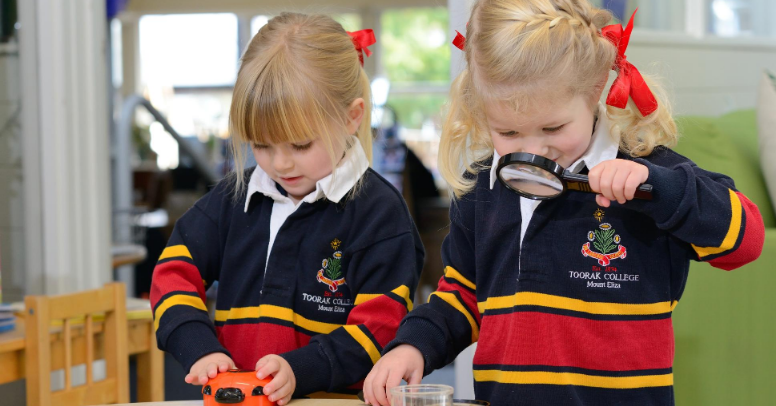
Table of Contents
Classroom Management: A Must For Teachers
Let’s start with a quick but easy question? Who was your favourite teacher in school, and why? You will always remember your favourite teacher because of how they influenced you.
A teacher’s thoughts, actions, and behaviour in class leave everlasting impressions in the minds of their students. To cultivate this atmosphere, you need the right attitude and exceptional class management skills. It’s never too late to sharpen these skills if you struggle to manage your class students. Top educators from CBSE schools in Chennai, like Babaji Vidhyashram School, say that it can take years of experience to master the art of classroom management. So, now is the right time to get things going.
Tips To Master The Art Of Effective Classroom Management
#1. Know Your Students
It is pertinent to develop and maintain a harmonious relationship with your students if you want to be a successful teacher. Never ignore the need to know your students. It is an effort that will pay off handsomely. Here’s what you must do:
- Learn their names and use them in practice.
- Make an extra effort to learn how to pronounce names that sound new to you.
- Know their parents and family backgrounds.
- Know their native places if it is a boarding school.
- Find out about limitations like physical disabilities and learning difficulties.
These efforts will help foster a stronger bond with your students. Knowing your students is the first step to ensuring sound class management.
#2. Use the Right Gestures and Tone of Voice
A teacher’s ability to maintain eye contact, use the right tone of voice, and use appropriate gestures is an art. If you go overboard, your students will feel intimidated and cornered. Use too little, and it will convey a feeling of disinterest, ultimately hindering the learning process.
Therefore, use these techniques with care to convey the right meaning, build a rapport, and ensure better class engagement.

#3. Implement Hands-On Learning
Children are likely to learn, engage, and interact better when they step outside the textbook zone and incorporate hands-on activities. From the academic perspective, hands-on learning improves conceptual understanding and helps students develop an affinity for the subject. Simultaneously, it also fosters teacher-student understanding because of the consistent interaction. This will set the grounds for more positive elements like trust, friendliness and cooperation.
#4. Prioritise Classroom Discipline
Teachers need to maintain a firm and reasonable balance to maintain discipline in class. Children respond better to “tough love” rather than rigid, unfriendly rules. Hence to convey that you are a firm, friendly teacher who prioritises class discipline, you have to set yourself as the example. Be professional, punctual, respectful, and fair. Such traits will encourage students to embody the same.
# 5. Use Positive Reinforcement
Nothing drives a student as much as a word of praise from their favourite teacher. However, children should know that they need to earn praise for good behaviour and achievements- academic or otherwise. Positive reinforcement with generous appreciation is used in many IB schools in Chennai, like International Village School.
It is also important to use disciplinary action as a last resort. In fact, if you master positive reinforcement, you may not need to use disciplinary action at all.
Notable Pointers To Remember
- Continue routines set by former teachers to avoid disrupting the learning process.
- Seek the guidance of senior teachers with more experience to ensure you are on the right track.
- Be well-prepared with your teaching sessions and seek new ways to engage your class.
- Always address children at their eye level, no matter how young they are.



